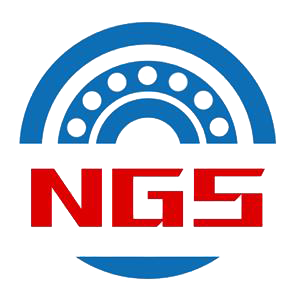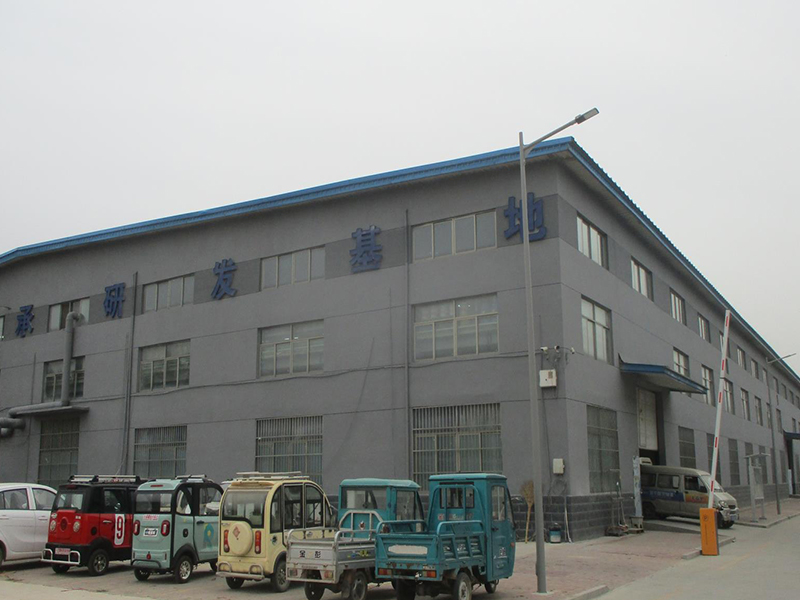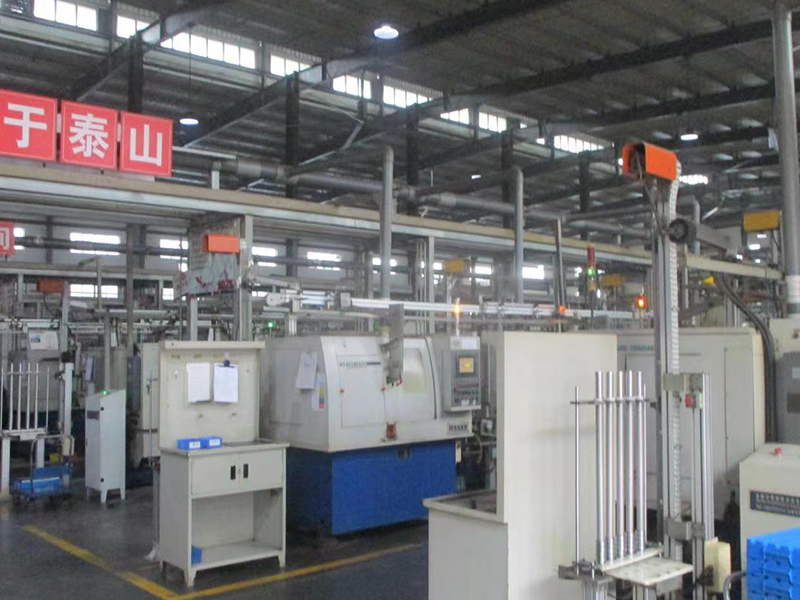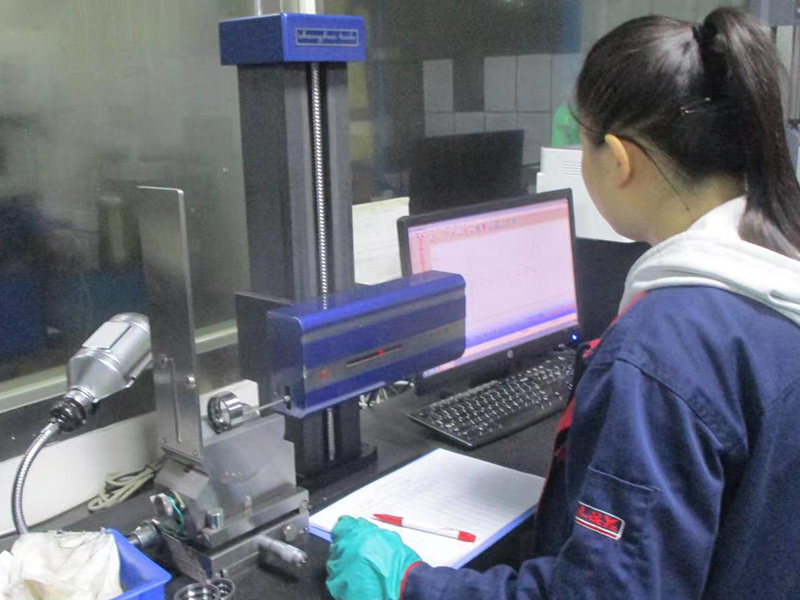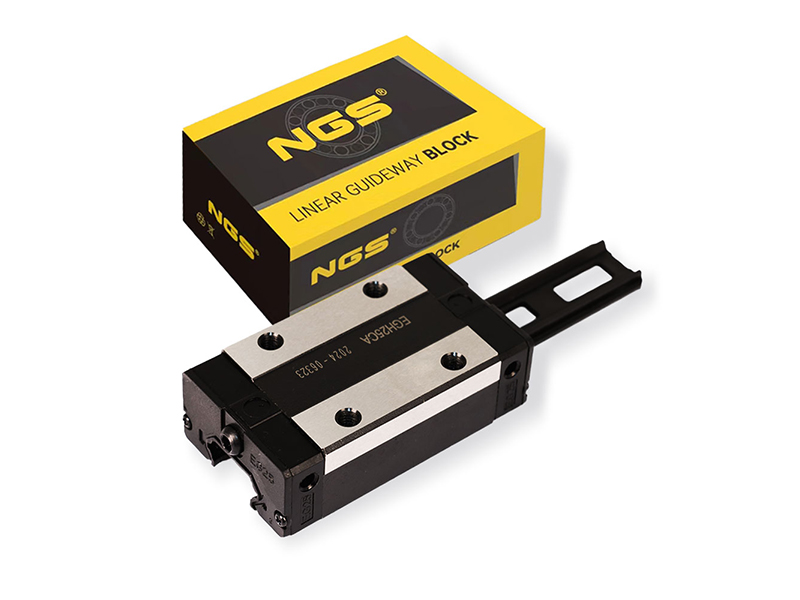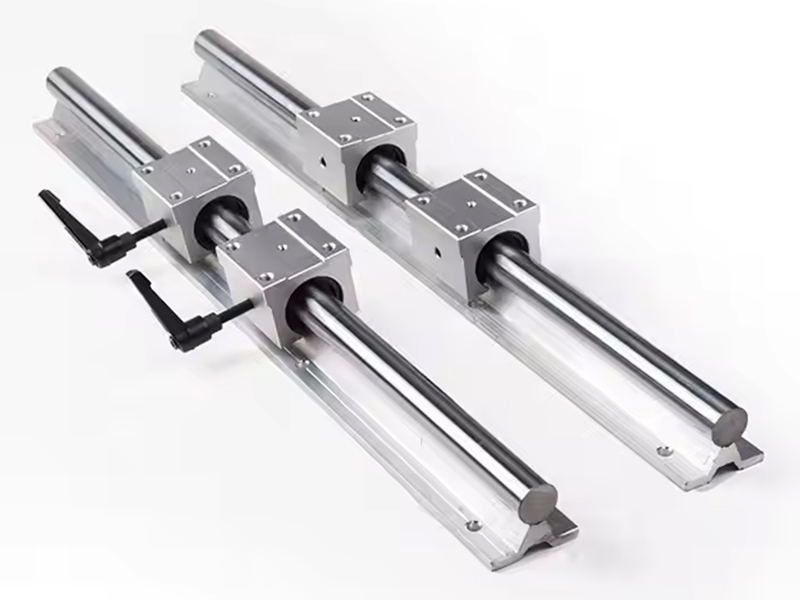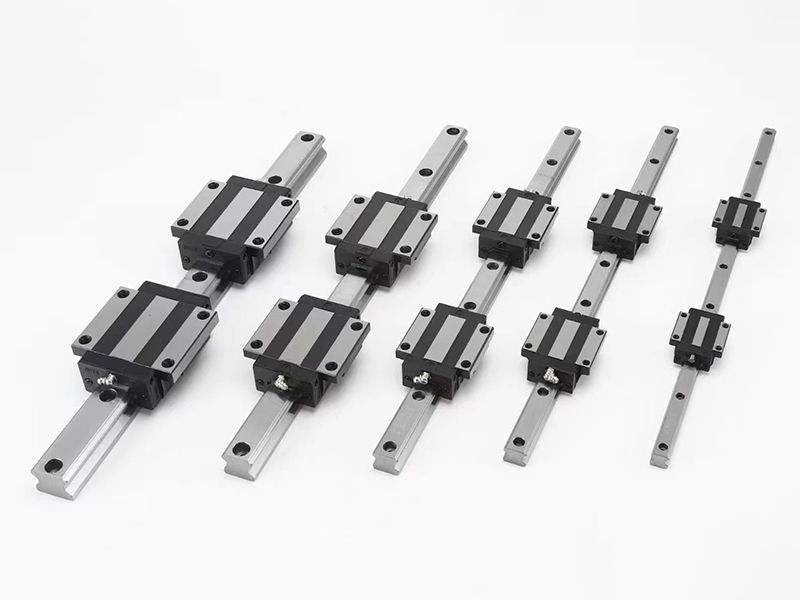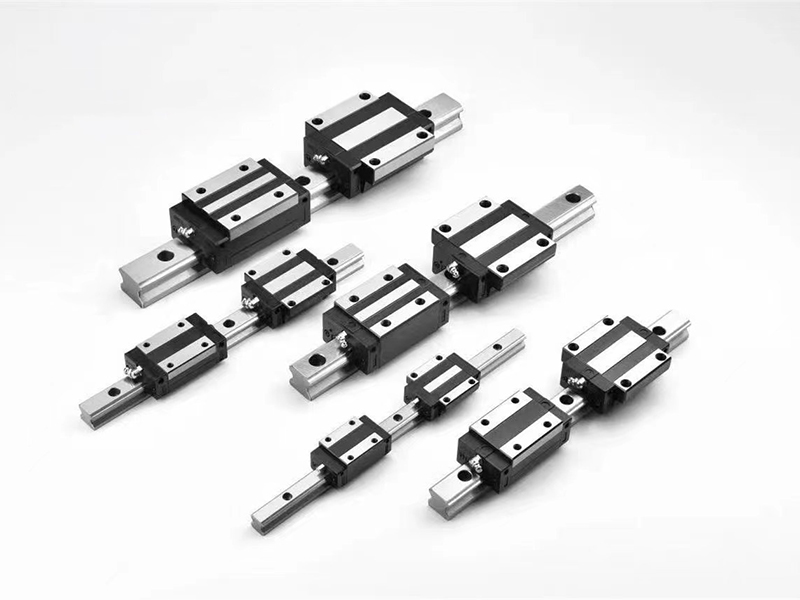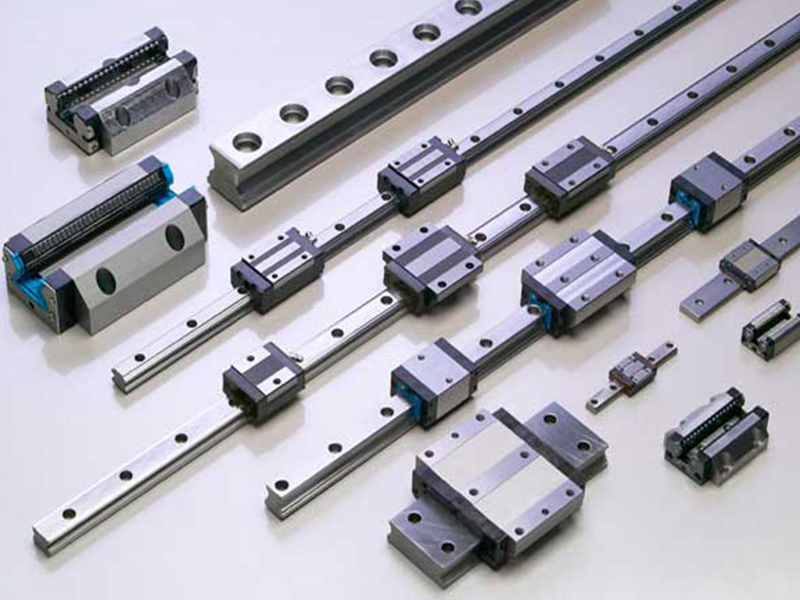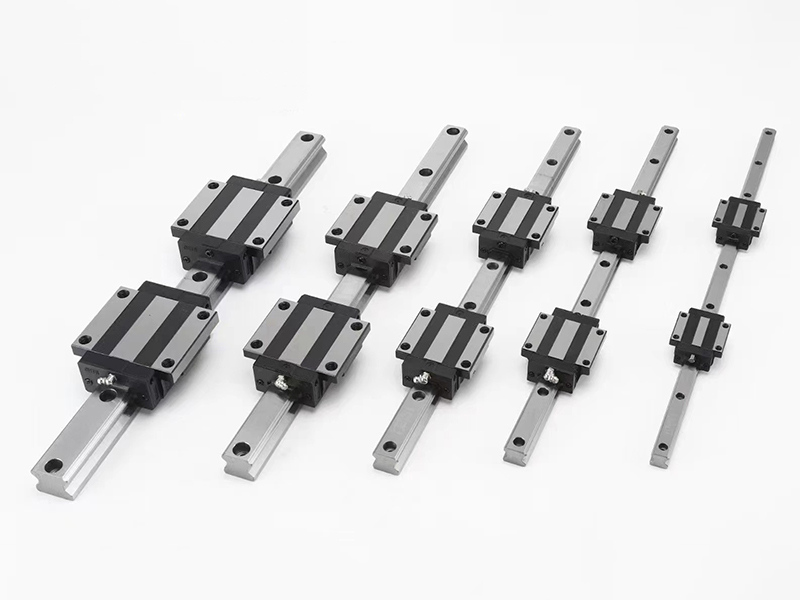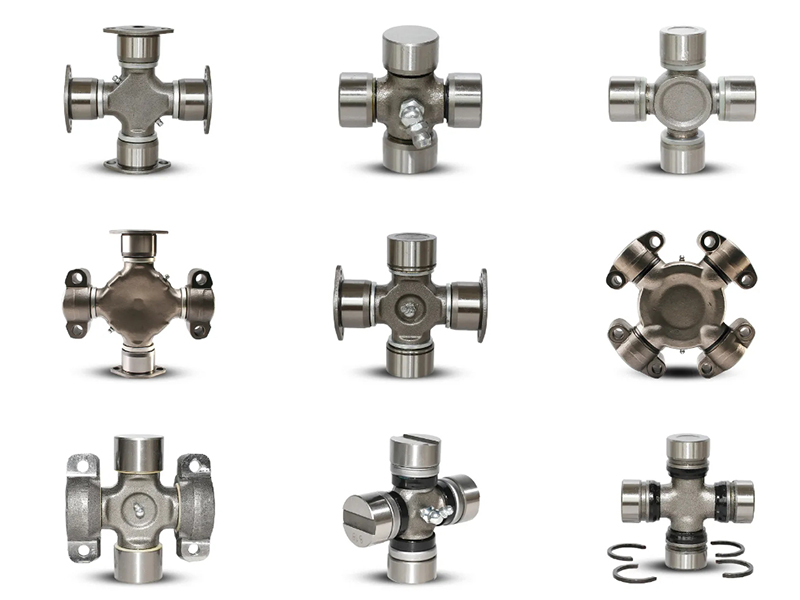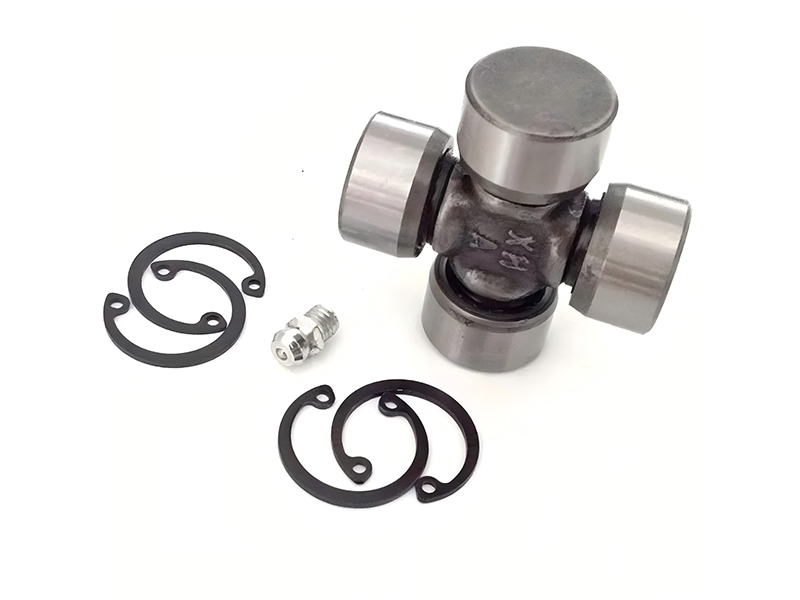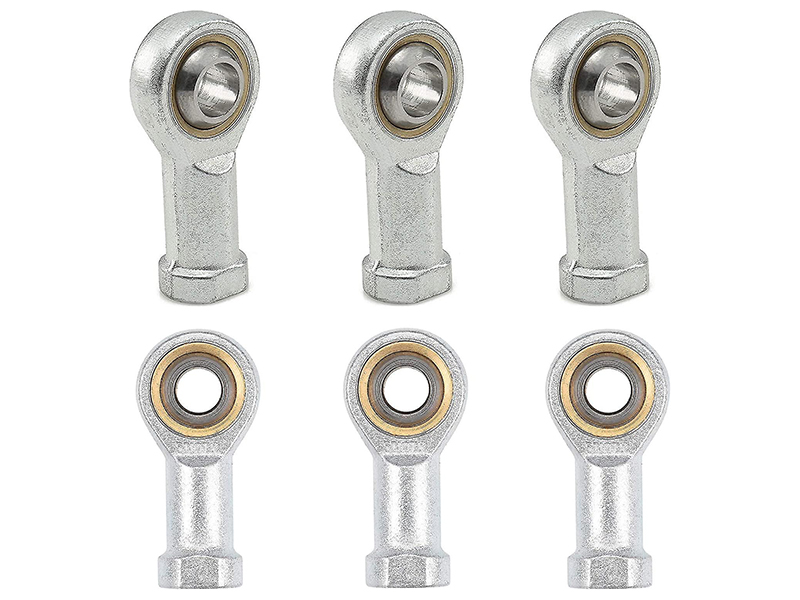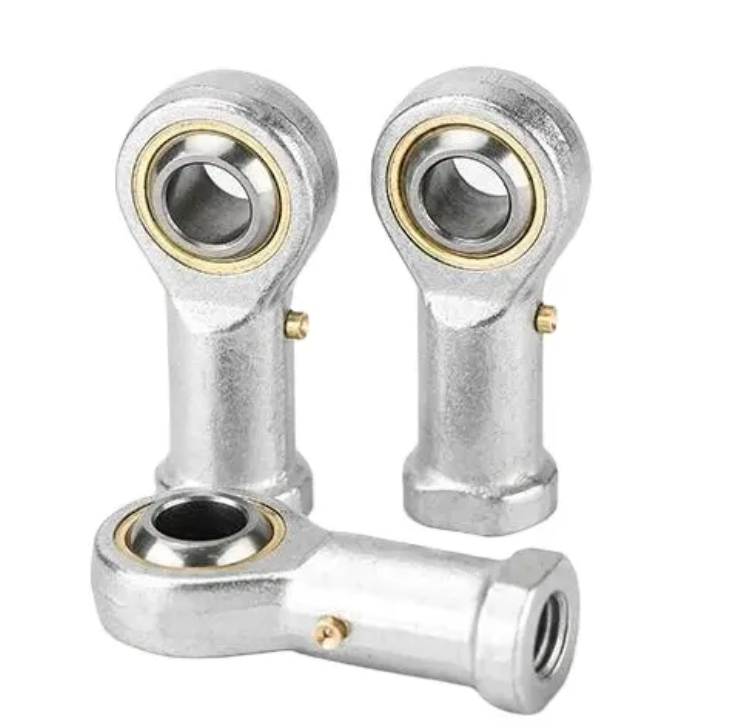What is a linear bearing ?
As a professional linear bearing manufacturer, we want to introduce the linear bearing. it is a mechanical component designed to facilitate smooth, low-friction linear motion along a shaft (such as a round rail or profile rail). It is widely used in automation, CNC machinery, robotics, 3D printing, and other precision motion control systems.
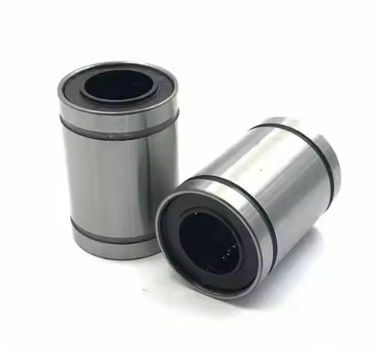
linear bearing
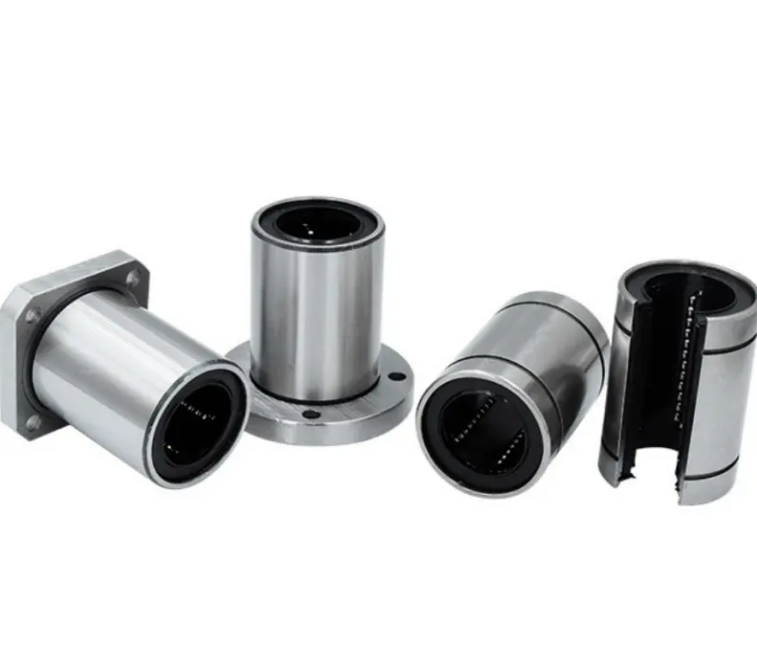
linear bearing
Structure&Working Principle
Key Components of a Linear Bearing:
Outer Housing (Bearing Block): Typically made of steel, aluminum, or engineered plastics for durability.
Rolling Elements (Balls or Rollers): Reduce friction by rolling instead of sliding.
Cage/Retainer: Keeps rolling elements evenly spaced to prevent collisions.
Seals/End Caps (Optional): Protect against dust and debris, extending service life.
How It Works:
When the bearing moves along a linear shaft, the internal balls or rollers circulate within the raceway, converting sliding friction into rolling friction. This ensures smooth, precise, and efficient motion.
Types of linear bearings
| Type | Key Features | Common Applications |
| Standard Linear Bearings | Cost-effective, suitable for moderate loads and speeds. | Conveyor systems, automation equipment |
| Flanged Linear Bearings | Feature mounting flanges for easy installation in compact spaces. | 3D printers, CNC machines |
| Open-Type Linear Bearings | Allow radial adjustment for easy assembly/disassembly. | Adjustable machinery |
| Self-Lubricating Linear Bearings | Use materials like PTFE for maintenance-free operation in clean environments. | Medical devices, food processing |
| Heavy-Duty Linear Bearings | Reinforced design for high-load, high-precision applications. | Industrial robots, precision instruments |
NGS as a professional linear bearing manufacturer , we can provide all kinds of types, which is high precision and high quality, and also linear bearing manufacturer price for every customers.
Applications of linear bearings
1. Industrial Automation: Robotic arms, pick-and-place systems, assembly lines.
2. CNC Machines: Ensures precise linear motion for cutting tools.
3. 3D Printers: Provides smooth movement for print heads.
4. Medical Equipment: Used in MRI machines, surgical robots (requires high cleanliness).
5. Packaging Machinery: High-speed, accurate material handling.
How to select the right linear bearing ?
As a linear bearing manufacturer we recommend you to consider the following factors when choosing a linear bearing:
Load Capacity: Radial and axial load requirements.
Speed: High-speed applications need low-friction bearings.
Precision: High-precision machines require C3 or higher-grade bearings.
Environment: Corrosive or high-temperature conditions may require stainless steel or self-lubricating bearings.
Mounting Style: Flanged, open-type, or standard, depending on design constraints.
Maintenance & Lubrication
Regular Cleaning: Remove dust and debris from the bearing and shaft.
Lubrication: Standard bearings need grease (e.g., lithium-based), while self-lubricating types require minimal maintenance.
Inspection: Check for wear or misalignment to prevent failure.
Future Trends
Smart Bearings: Integrated sensors for real-time wear monitoring.
Lightweight Materials: Advanced composites to reduce weight.
Energy Efficiency: Optimized designs for lower friction and longer life.
Conclusion
As a linear bearing manufacturer, we want to say linear bearings are essential for smooth, precise linear motion in modern machinery. Proper selection and maintenance can enhance performance, reduce downtime, and extend equipment lifespan. With advancements in Industry 4.0, linear bearings are evolving toward smarter, more efficient, and environmentally friendly solutions.
